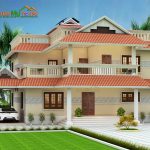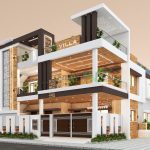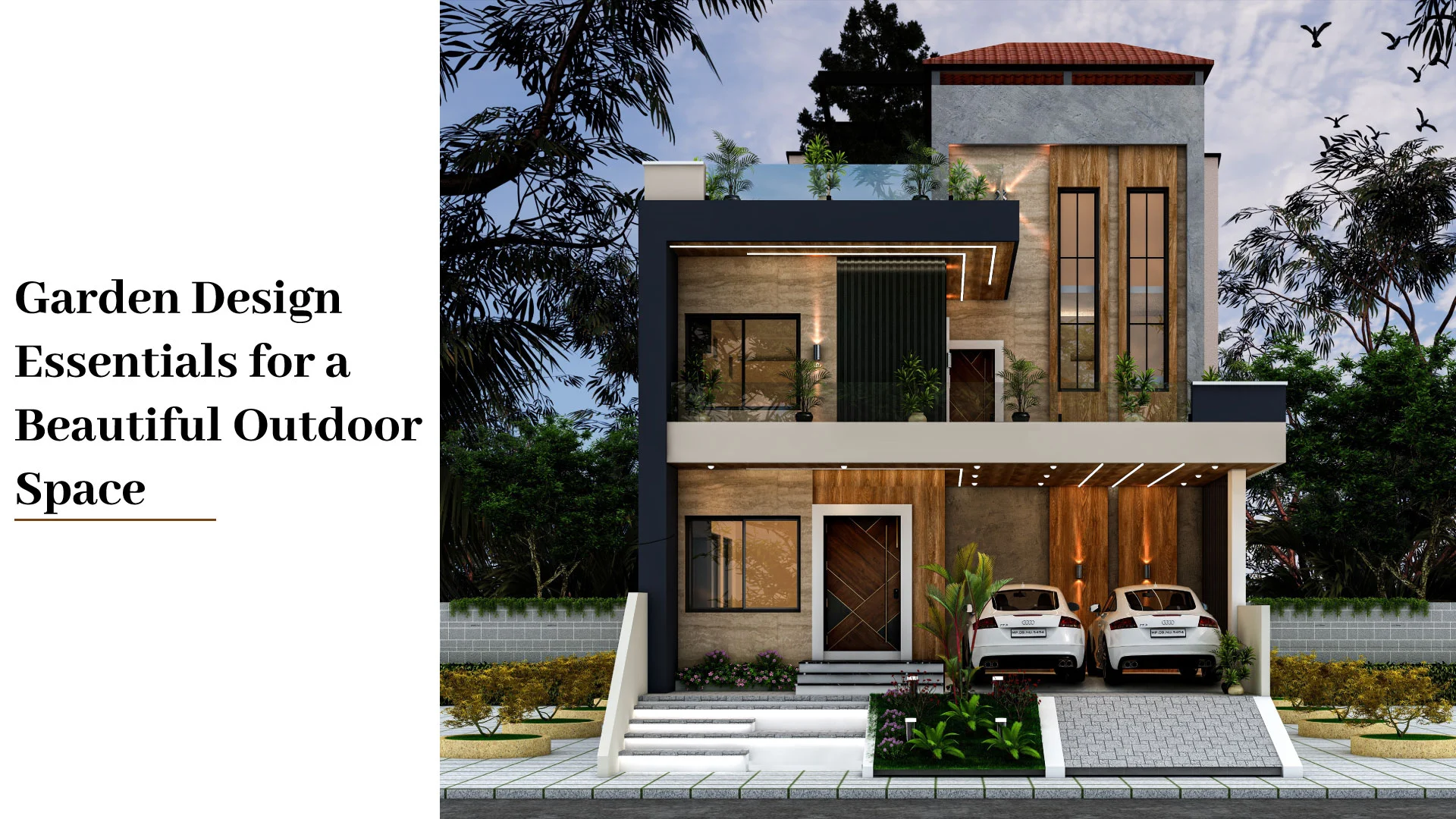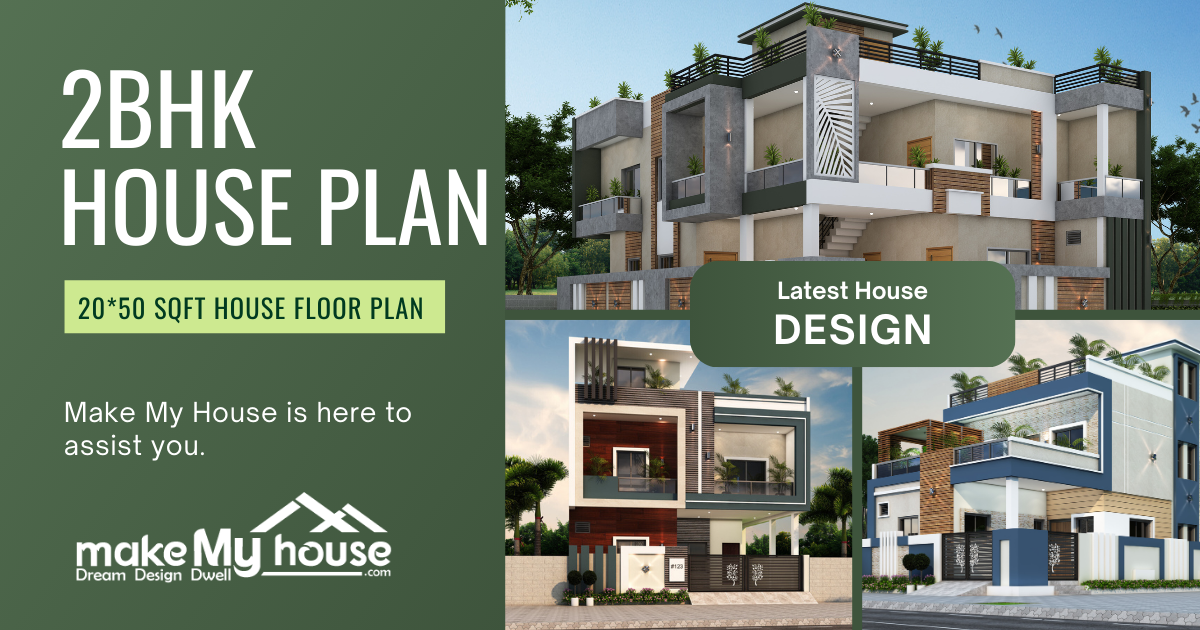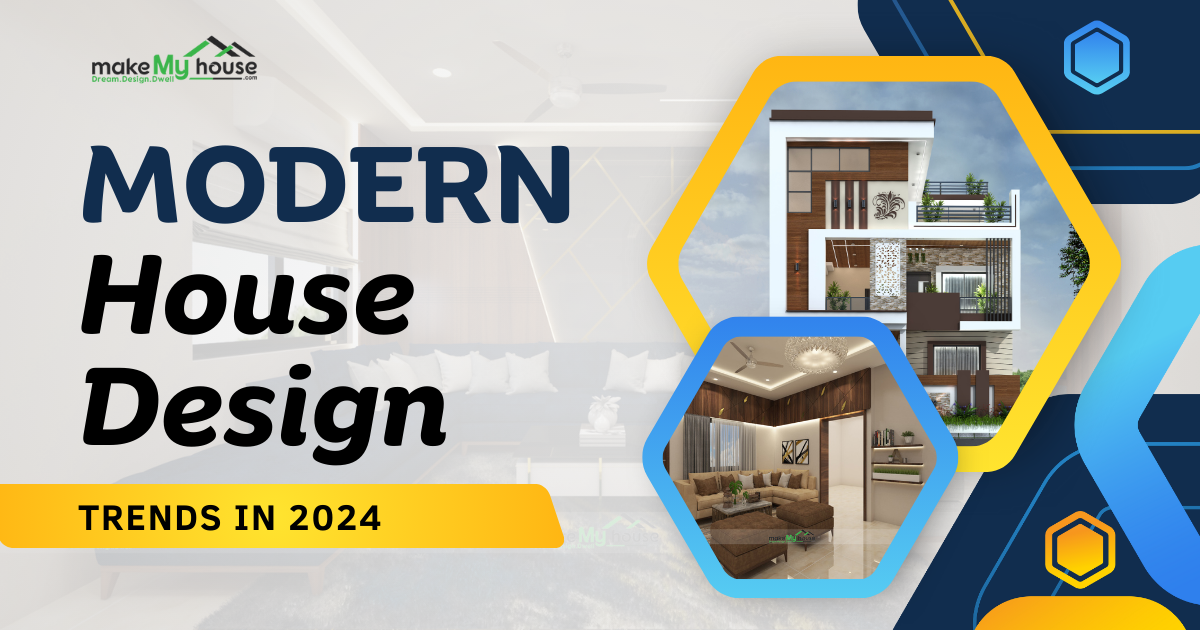Introduction
A well-designed garden is a living canvas, a space that offers a connection to nature, a place of relaxation and wonder. It’s not just about planting flowers and trees; it’s about creating an outdoor sanctuary that mirrors your style and functions seamlessly. In this comprehensive blog, we’ll explore the essential elements and creative aspects of garden design to help you transform your outdoor space into a beautiful, inviting, and harmonious environment.
Understanding Garden Design Principles
Before you embark on your garden design journey, it’s essential to grasp the core principles that underpin a beautiful garden:
1. Balance: Achieving balance in a garden means creating visual harmony through the distribution of elements, such as plants, hardscape, and open space, throughout the area.
2. Unity: Unity in garden design ensures that all elements work together cohesively. It’s about finding a common thread, be it through a specific color palette, a theme, or a repeated pattern.
3. Rhythm: Rhythm adds interest and movement to your garden. It involves the repetition of elements like plant groupings or hardscape materials to guide the eye and create a sense of continuity.
4. Focal Points: Focal points draw attention and provide a visual anchor in the garden. They can be a stunning tree, a unique sculpture, or a beautifully designed seating area.
Designing with Plants
Plants are the soul of your garden, and choosing the right ones is a pivotal aspect of design:
1. Plant Selection: Select plants that thrive in your region’s climate and soil conditions. Consider various plant types, including perennials, annuals, shrubs, and trees.
2. Color Palette: Create a cohesive color palette by selecting plants that complement each other. Think about the colors of leaves, flowers, and even bark for year-round appeal.
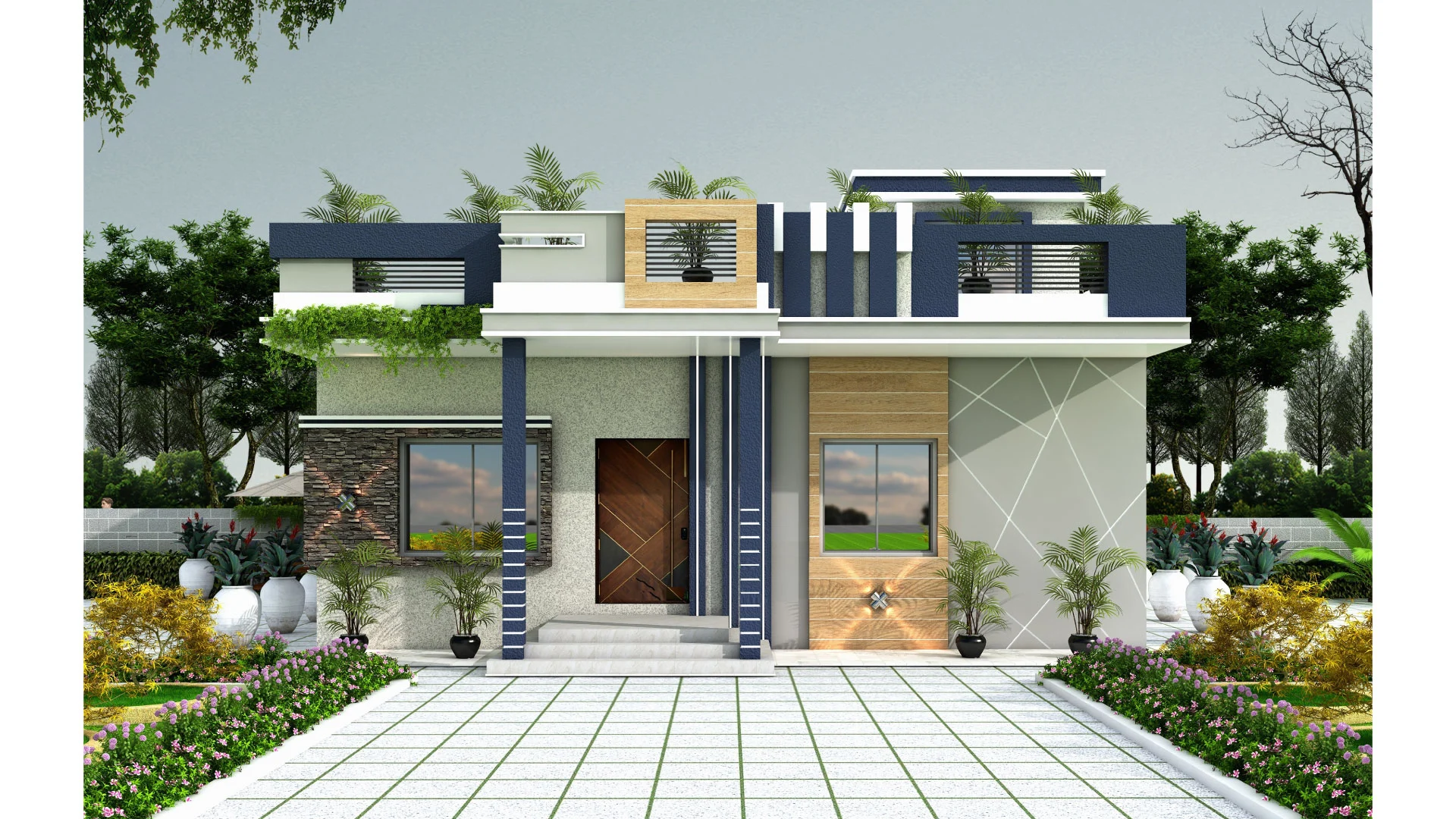
3. Plant Layering: To add depth and interest, use layering in your garden. Tall plants at the back, medium-height in the middle, and ground covers at the front create a sense of depth.
4. Texture and Foliage: Don’t just think about flowers; consider the texture of leaves and the shapes of foliage for visual interest.
Hardscaping and Infrastructure
Hardscaping elements provide structure and functionality to your garden:
1. Paths and Walkways: Well-designed paths make your garden accessible and add an element of intrigue. Materials like stone, gravel, or wood can be chosen for aesthetic appeal.
2. Seating Areas: Create inviting seating areas to enjoy your garden. Options include benches, patios, or even garden swings.
3. Water Features: Ponds, fountains, and waterfalls add a soothing, natural element to your garden and create a sense of tranquility.
4. Lighting: Outdoor lighting extends the usability of your garden into the evening, enhancing safety and ambiance.
Maintenance and Sustainability of Garden Design
A beautiful garden is an evolving project that requires care and maintenance:
1. Pruning and Trimming: Regular pruning and trimming help maintain the health and appearance of your plants.
2. Mulching: Mulch helps retain soil moisture, suppress weeds, and improve the aesthetics of your garden beds.
3. Watering: Efficient irrigation systems can conserve water and ensure your plants receive the right amount of moisture.
4. Sustainability: Consider sustainable practices like composting, rainwater harvesting, and using native plants to support the local ecosystem.
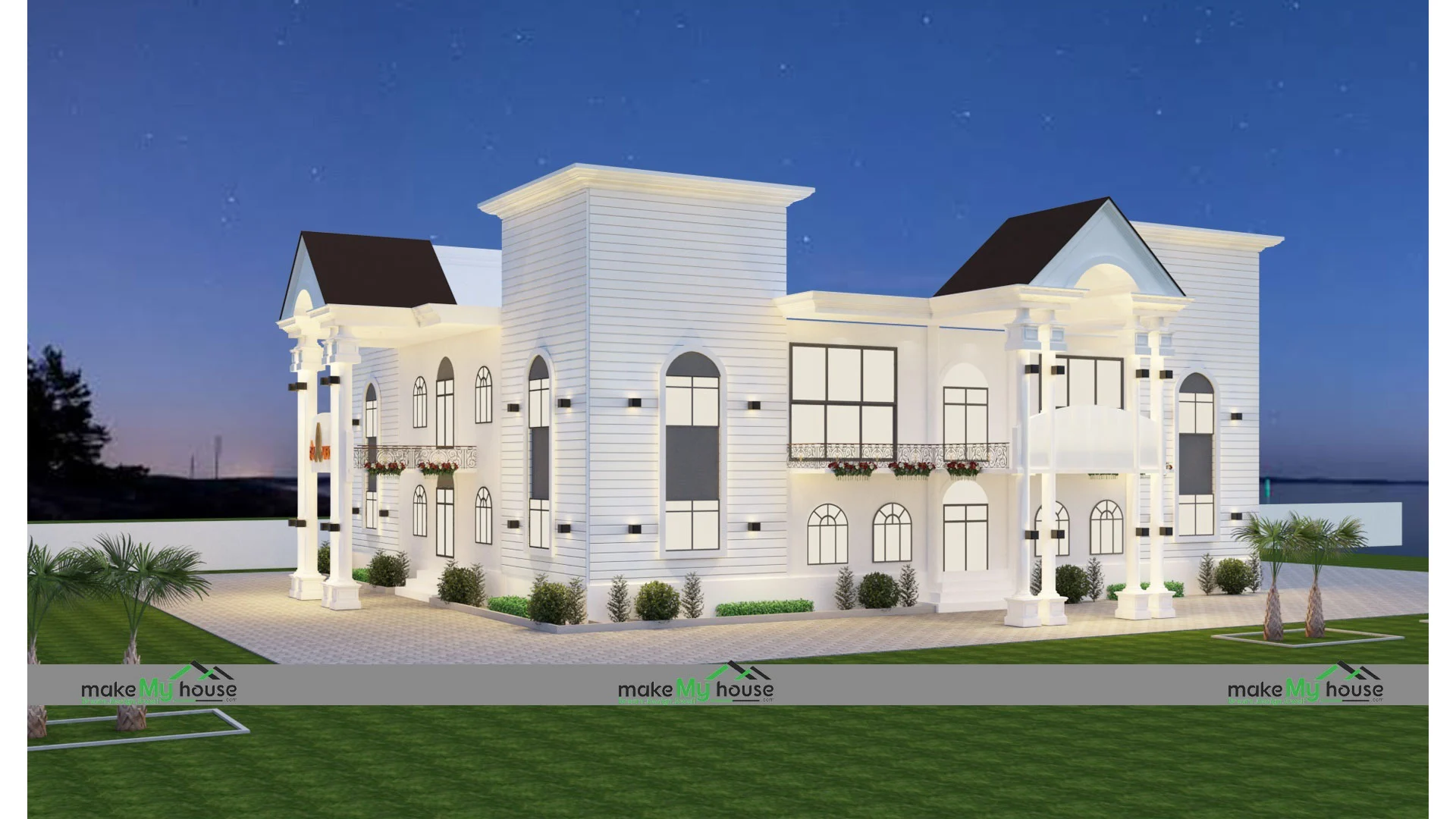
Personalization and Reflection of Style
Your garden should reflect your personality and style. Adding personal touches and decorative elements can make it truly yours:
1. Garden Art: Sculptures, garden gnomes, and art installations can infuse personality into your outdoor space.
2. Outdoor Furniture: Choose furniture that complements the style of your garden and provides a comfortable and inviting space for relaxation.
3. Container Gardening: Containers with seasonal blooms or herbs can be strategically placed to add interest and functionality.
Conclusion
Designing a beautiful garden is an art that combines the science of horticulture with the creativity of landscaping. Whether you’re starting from scratch or reimagining an existing garden, understanding design principles, plant selection, hardscape elements, and maintenance practices will help you create an outdoor oasis that reflects your style, brings you joy, and connects you with the beauty of nature. Your garden is not just a space; it’s an extension of your home and a testament to your love for the outdoors.
Faqs on Garden Design Principles
Q1: How can I choose the right plants for my garden design?
A1: To choose the right plants, consider your region’s climate and soil conditions, the desired color palette, and the texture and shape of leaves. Research plant types and their maintenance requirements to make informed selections.
Q2: What are some good hardscaping elements to consider in garden design?
A2: Hardscaping elements to consider include paths and walkways, seating areas, water features like ponds or fountains, and outdoor lighting. These elements provide structure and functionality to your garden.
Q3: What is the importance of sustainable practices in garden design?
A3: Sustainable practices in garden design, such as using native plants, composting, and efficient irrigation, support the local ecosystem, conserve resources, and promote environmental stewardship.
Q4: What are some common mistakes to avoid in garden design?
A4: Common mistakes in garden design include over- or underplanting, neglecting maintenance, ignoring the needs of specific plants, and not considering the local climate and soil conditions.
Q5: Can I design a beautiful garden on a budget?
A5: Yes, you can design a beautiful garden on a budget by selecting cost-effective plants and materials, DIY projects, and gradual development of your garden over time.





